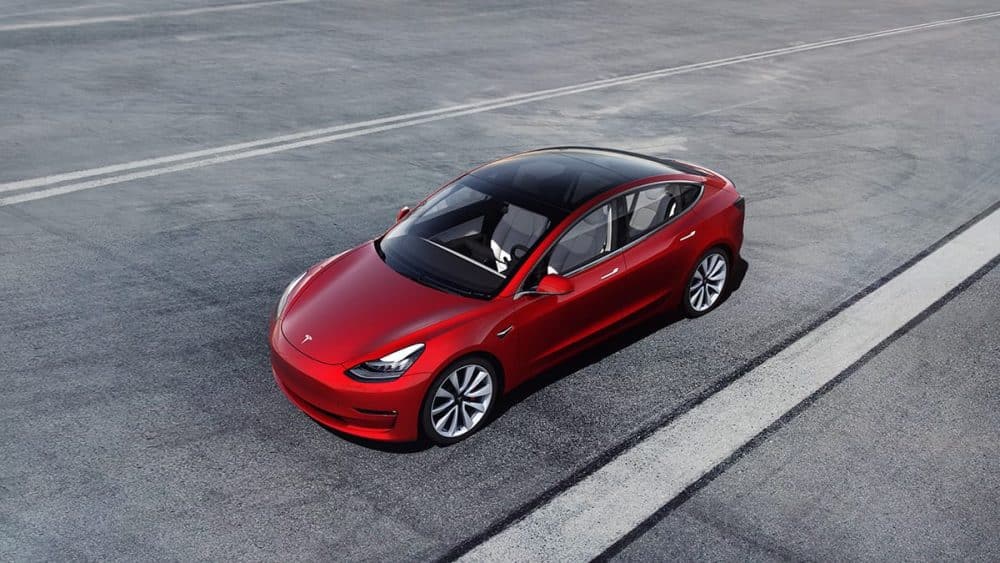Researchers from Stanford University have developed an aluminium-ion battery which can recharge in only 1 minute. Compare that to today’s ‘quick’ charging smartphones that can do it in an hour, and you will appreciate the significance of this technology. It isn’t just another fast-charging battery technology. Researchers said that this one is dependable, flexible, and potentially inexpensive. The 1-day battery life of traditional smart phones is bad enough, but they take too long to charge. Even if everyone was stuck with that for ages to come, it would be tremendously helpful to at least be able to recharge quickly. Imagine: Only 1 minute of your time could provide another day of battery life!

Image obtained with thanks from Stanford.
As for electric vehicles, this is particularly important to range anxiety. It can resolve that outright if the gravimetric and volumetric energy density of this technology are on par with that of most lithium-ion batteries (over 90 Wh/kg, or 250 Wh/Litre). If an electric car has a range of 200 miles per charge (which far exceeds the distance of the average person’s commute), then a 1-minute recharge could keep adding 200 miles to your range along the way. This means that such a car could take you across the entire United States (2,500 miles depending on the start and end points). 12.5 1-minute charges, to be exact.
‘Our battery has everything else you’d dream that a battery should have: inexpensive electrodes, good safety, high-speed charging, flexibility and long cycle life,’ Hongjie Dai, a chemistry professor at Stanford who’s leading the research, told Stanford News. ‘I see this as a new battery in its early days. It’s quite exciting,’
I wouldn’t say ‘everything’, as volumetric energy density is a major issue for most battery-powered devices. The volumetric energy density could be decent, however, the fact that they didn’t mention the energy density is not a good sign, unless they haven’t measured it as yet. Battery technology with a poor volumetric energy density leaves smartphone manufacturers with only three choices: manufacture big, thick smartphones, manufacture thin smartphones with extremely short battery life, or just don’t use the technology at all.
Source: Mashable.






